How To Identify Cluster Headaches Before They Get You
Cluster headaches develop in clusters or patterns that last anywhere from a few weeks to months, followed by periods of remission in which no head pain occurs for weeks, months or even years at a time. Cluster headaches are one of the most painful forms of a headache. Although they are rare and not life-threatening, cluster headaches tend to cause waking in the middle of the night with intense pain on one side of the head. Treatment options are available to reduce the severity and duration of cluster headaches.
Symptoms
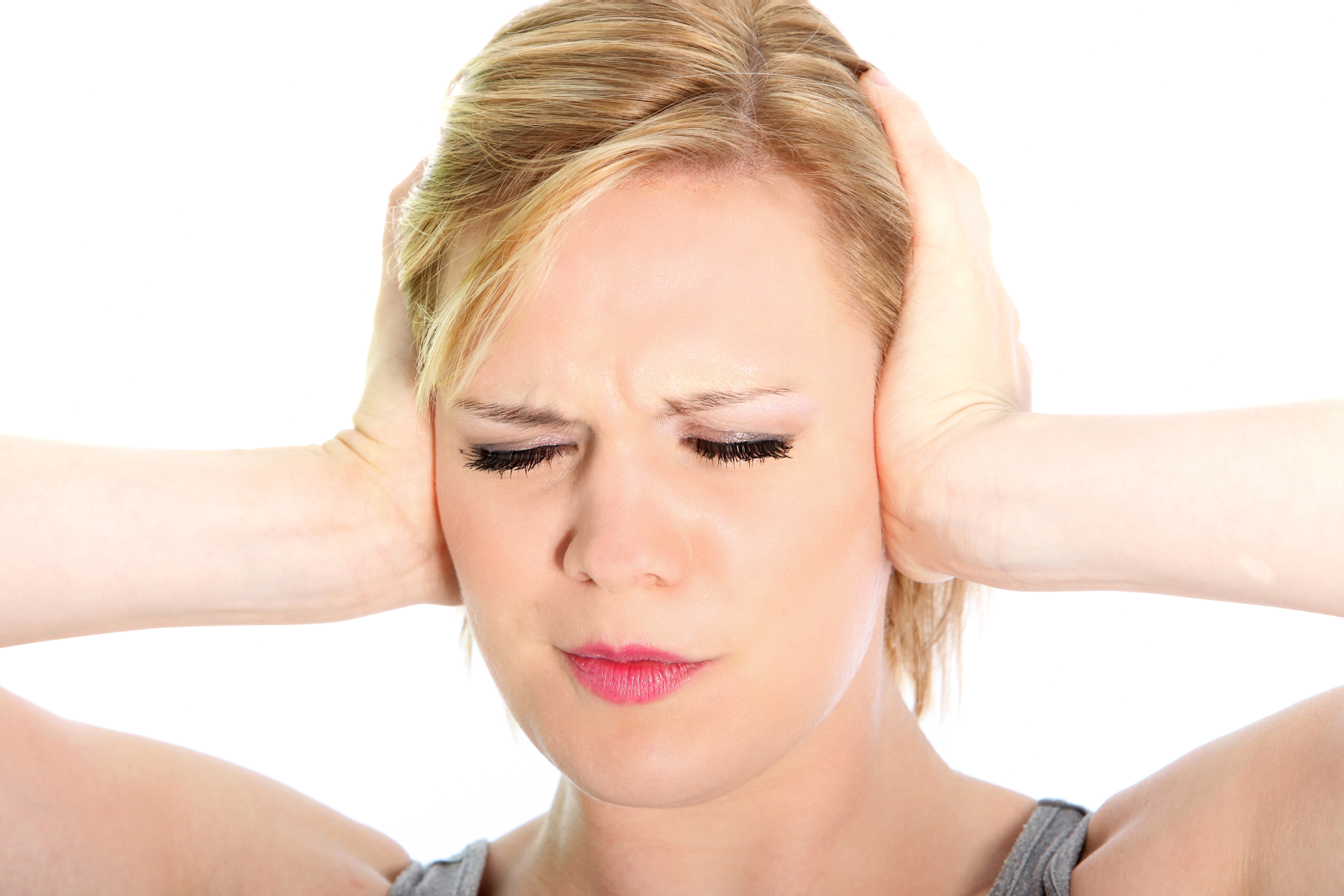
Cluster headaches tend to come on quickly without warning. Early symptoms may include aura and migraine-like nausea. Other common symptoms include restlessness, excessive tearing in the eyes, pain on one side of the face, redness or swelling in the eye on the affected side, a drooping eyelid, pale skin, flushing of the face, forehead or facial sweating, and a stuffy or a runny nose. A cluster headache is characterized by excruciating pain around the area of one eye that may radiate to other regions of the face, neck, head and shoulders.
Characteristics
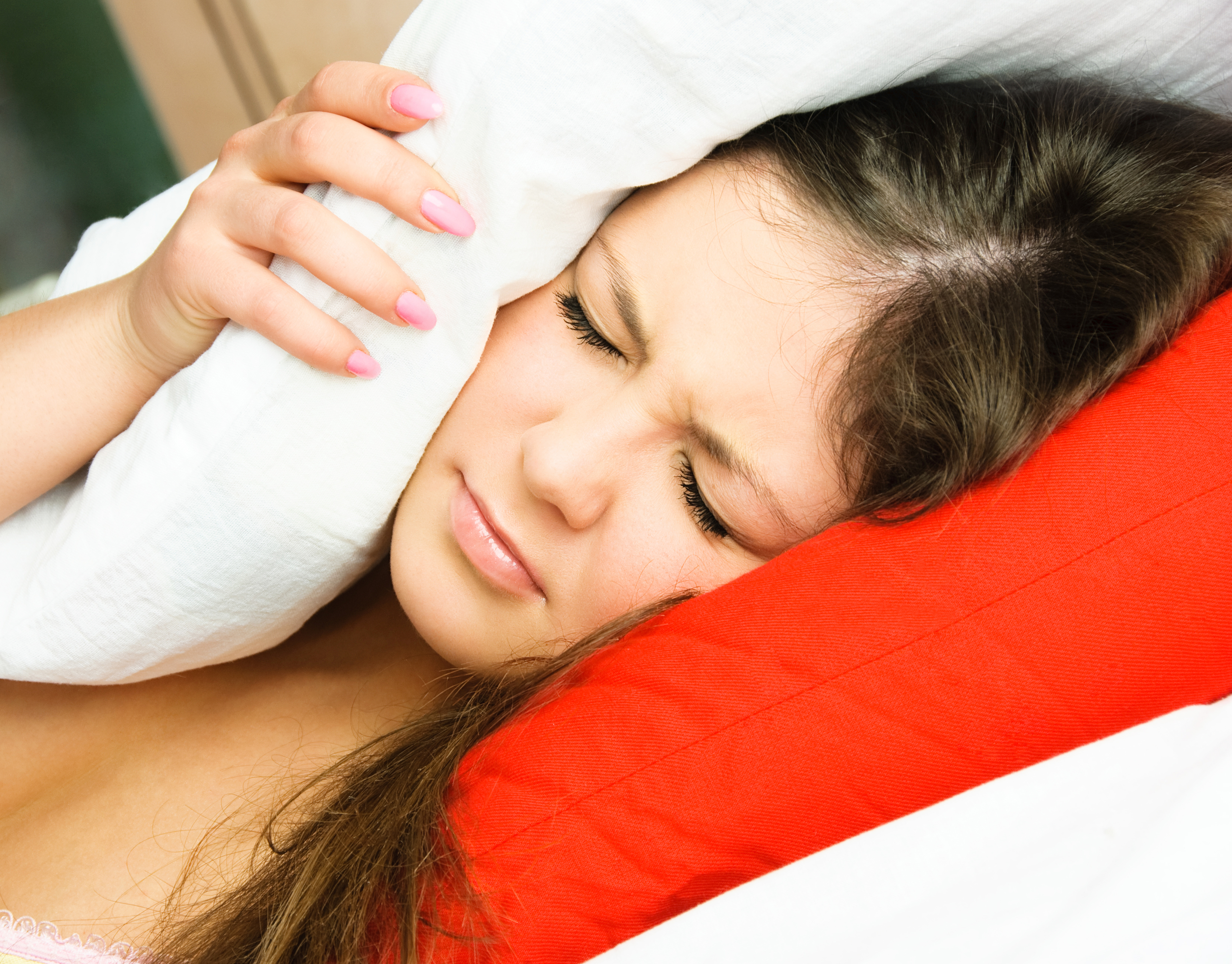
Unlike a migraine, people with a cluster headache may pace or sit and rock back and forth in a chair. They may also experience sensitivity to sound and light in the ear and eye on one side of the face. Many cluster headaches occur at night and last anywhere from six to twelve weeks at a time. They may begin every spring or fall and continue for more than a year with pain-free periods that last less than a month. A single headache can last anywhere from fifteen minutes to three hours, and they tend to occur at the same time every day.
Causes
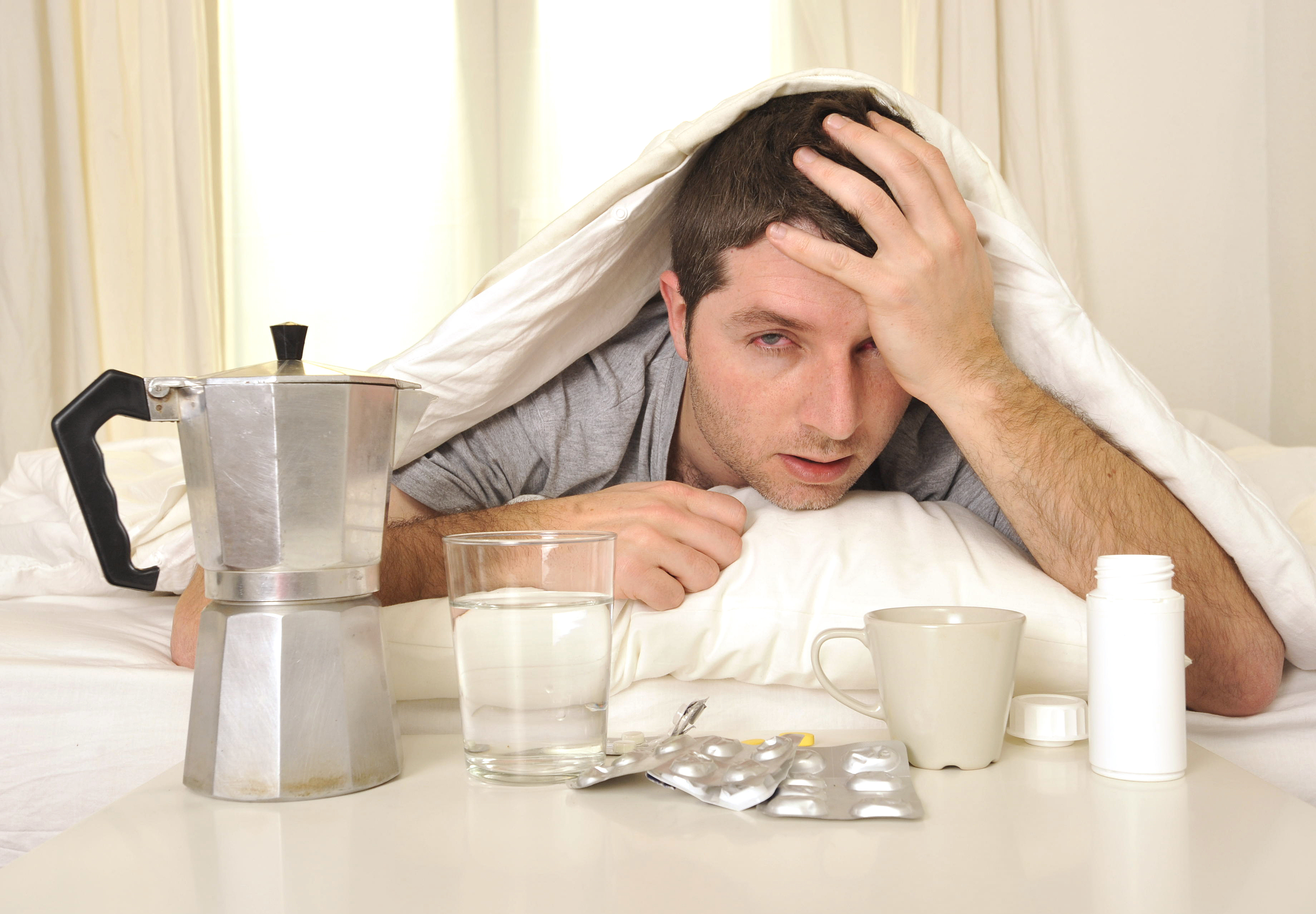
Although the exact cause of cluster headaches has yet to be identified, researchers believe they may be due to abnormalities in the hypothalamus, or the body’s biological clock. Because cluster headaches occur in patterns, researchers do not believe they are associated with food, stress, or hormonal triggers. However, when a period of cluster headaches begins, certain triggers such as too much caffeine or alcohol may worsen the pain. Other possible causes are certain medications such as a drug used to treat heart disease called nitroglycerin.
Risk Factors

Cluster headaches may develop in anyone; however, men are more likely than women to experience them. Although they may occur at any age, individuals between the ages of twenty and fifty years old are more likely to develop cluster headaches. People who smoke tend to have a greater risk of cluster headaches than non-smokers; however, once a person quits, they usually do not see any improvements in the condition. Alcohol use may worsen a headache. Having a family history may also play a role.
When To Seek Help

According to researchers at the Mayo Clinic, headache pain is not usually associated with an underlying disease; however, they can indicate a serious medical condition such as a brain aneurysm or tumor. A person should seek treatment if they have a history of headaches or have noticed progressive changes in the pain. Emergency treatment is necessary when a headache accompanies nausea, vomiting, a stiff neck, seizures, confusion, numbness or difficulty speaking, which can indicate a stroke, meningitis or a brain tumor.
Diagnosis
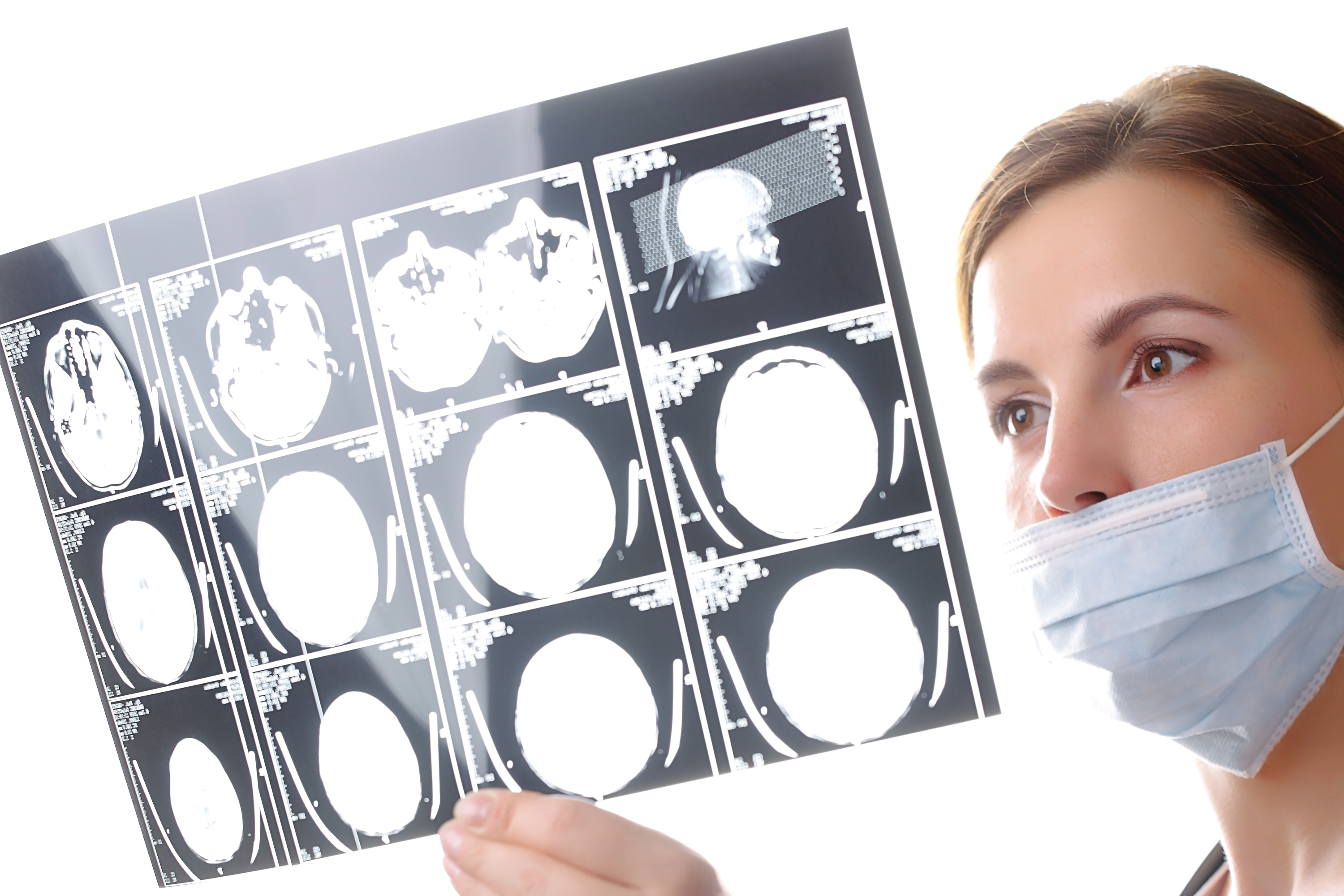
Only a medical professional can diagnosis cluster headaches by assessing the patterns, location, severity, frequency, duration, and type of pain associated with the attacks. There are several methods used to diagnosis a cluster headache. A neurological exam may be done to access brain function such as reflexes, nerves, and senses. Image testing, such as a magnetic resonance imaging (MRI) or a computed tomography (CT) scan, may be needed to create detailed pictures of the brain to rule out a tumor or an aneurysm.
Acute Treatment
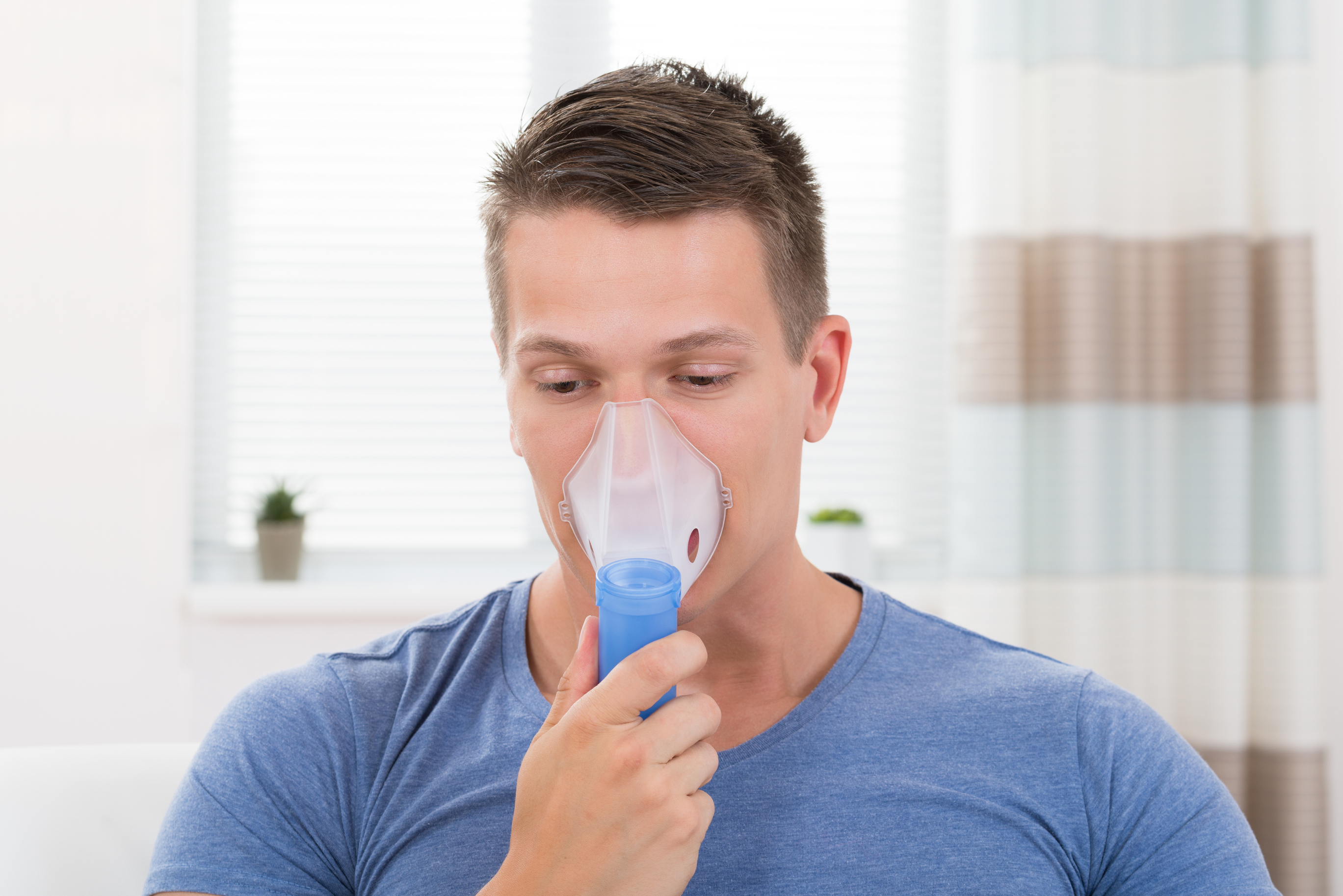
Although there is no cure for cluster headaches, acute treatment options are designed to reduce the length and severity of the attack. Inhaling one hundred percent oxygen through a mask is an inexpensive and effective treatment that provides significant relief for most who try it. The medication sumatriptan is commonly used to treat cluster headaches. It is available in the form of an injection or nasal spray. Other fast acting treatment methods include the injectable forms of octreotide and dihydroergotamine, as well as local anesthetics such as lidocaine.
Preventative Treatment

There are several preventative treatments available to suppress cluster headache attacks. Calcium channel blockers such as verapamil are usually the first choice. Corticosteroids are used to suppress inflammation, which can be useful for people who suffer from chronic bouts of cluster headaches. However, corticosteroids should not be taken long term. Lithium carbonate is often used to treat bipolar disorder, but it may also be useful in treating cluster headaches. An occipital nerve block may be necessary to provide temporary relief by injecting a numbing agent into the area.
Natural Remedies

Many people with cluster headaches seek alternative care to alleviate their symptoms without the side effects caused by most clinical medications. Melatonin is a hormone that has been shown to reduce the frequency of attacks when taken in the amount of ten milligrams daily in the evening. Supplementing with magnesium and vitamin B2 has also been shown to help treat headaches. According to a study published in the Clinical Journal of Pain, applying capsaicin cream topically inside the nostril can temporarily relieve pain.
Life Style Changes

Certain lifestyle changes have been shown to help treat cluster headaches. Exercising outdoors, drinking ginger tea, breathing exercises and following a regular sleep schedule may help. Avoiding alcohol, tobacco, and excessive caffeine consumption may also provide relief or prevent an attack in the first place. Peppermint essential oil has been shown to relieve headaches, boost energy, improve mental focus, and relieve tight muscles. Apply several drops topically to temples, back of neck, and bottom of feet.
